The History Of Bananas
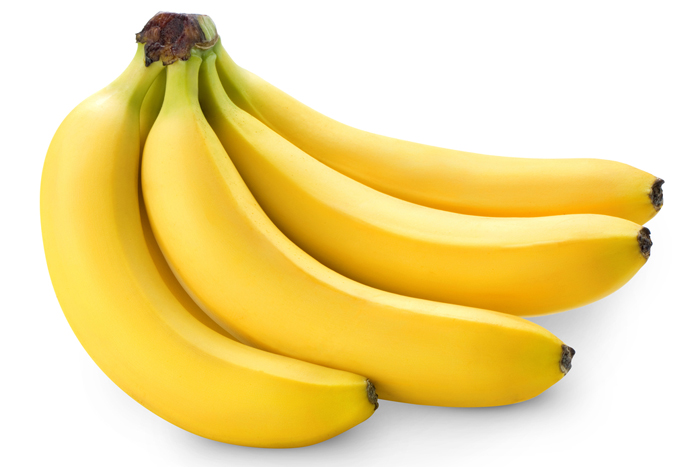
Bananas, my personal favourite fruit! These sweet yellow fruits are one of the most consumed fruits globally, in fact, it is the most consumed fruit in America (with Apples being the second). Most Bananas are produced in the tropical and sub-tropical regions of Africa, Asia and America. The potassium filled goodies are non-seasonal, meaning they can be grown year-round.
Interestingly enough, most of the bananas that are grown globally are consumed by the farmers that produce them or consumed by locals. In fact, only 15% of the global production of bananas are exported. India produces the greatest number of bananas, producing a whopping 23% of the globe’s bananas. Generally, bananas that are consumed in the US come from Central and South America, and bananas consumed in Europe come from the Caribbean. Nowadays bananas are often transported while unripe (when they are green). This is because they are more resistant to spoiling, and they will not bruise as easily when they are being transported. Once they arrive at their destination, they are placed in gaseous rooms filled with ethylene, which ripens the fruit. The Banana industry had a long climb to reach the $20 to $25 billion industry it is today.
Bananas made their first appearance in worldwide trade in the early 1800s. Bananas are usually consumed by workers when they are ripe, and those that are not usually found their way to local marketplaces. Upon chance, merchants would visit these markets and buy small bunches of them to take to overseas markets. This one tiny move grew over time into the industry we have today, but not for a long time. In 1804 they first reached New York but did not make their true mark until a few decades later.
Bananas were incredibly difficult to transport at first. Refrigerators had not yet been invented, and the technique of transporting the unripe fruit was not yet conceptualised. Transporting these ripe, delicate bananas proved a challenge since they were susceptible to spoiling and could too be bruised easily. Usually, bananas were sold at markets or ports, but when there were found; there was only ever a small amount.
Around 1830 is when England showed their interest in bananas. Some banana plants had found their way to William Cavendish, the 7th Duke of Devonshire. He cultivated these plants to create what is now known as the Cavendish Banana. This variant then returned to the tropical where it was grown again.
Though indeed Banana trade in America was still on a small scale, after the Civil war, the industry could grow. It remained an exotic fruit, but by the first year of the twentieth century, its industry was worth over 6 million dollars, a massive increase from its quarter-million-dollar industry 40 years before this. 10 years later, the industry doubled.
As time went on, the banana industry continued to grow. There was a growing interest for the fruit, and more and more ships began to transport them. Different cultivations of the fruit came around, and one stuck out, the “Big Mike.” Although yes, Big Mike is the nickname of arguably the biggest grime artist around, I highly doubt a banana was the inspiration behind this. Formally the name of the variant was “Gros Michel.” It was known for its thicker skin. This meant that transporting to America or Europe was a much easier task, no longer did the fruit bruise so easily. The same sweet fruit; protected by a thicker armour. The Big Mike variant was the common banana for 40 years long until disaster struck.
Enter the Panama Disease, otherwise known as banana wilt. A devastating disease that affected bananas, caused by a fungus that finds its home in the soil. The Panama Disease swept throughout the tropics and affected bananas which were weak to the disease. Unfortunately, Big Mike was one of them. This cultivar (or type) was no longer usable, and farmers were forced to switch to a different, more resistant type. And so returned the old Cavendish Banana; the type which we use today.
Though it is not easy for the Cavendish Banana. A new variant of the Panama Disease, called the “Tropical Race Four” is finding its way across the tropical; A disease to which the Cavendish is susceptible.
Farmers in the Tropical Rely heavily on bananas as their primary food source. If a disease manages to jump from banana-variant to banana-variant, then the tropical world may face large-scale starvation. For those in the west, it may prove to be an unfortunate inconvenience in that we may not get our beloved fruits; but the consequences in Africa, India and Southeast Asia, are far more grave.

 Free delivery to selected areas!
Free delivery to selected areas!
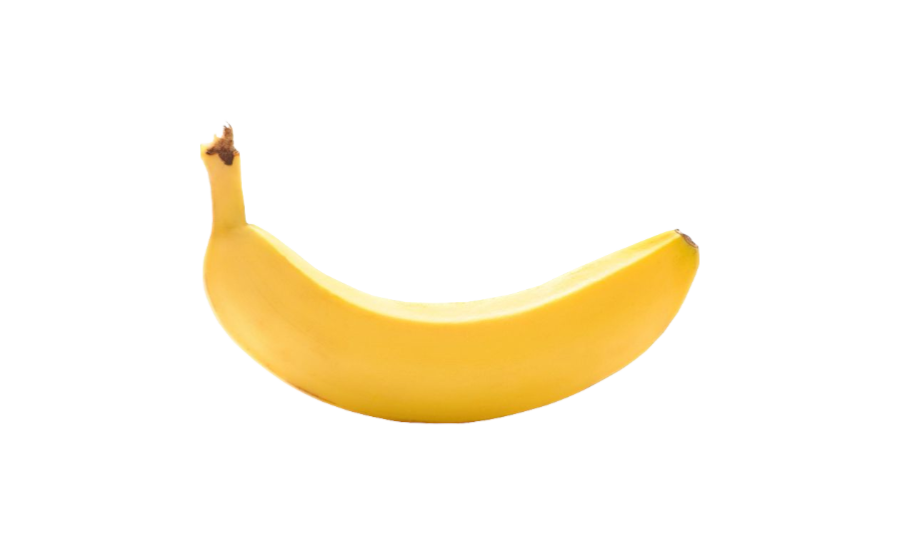
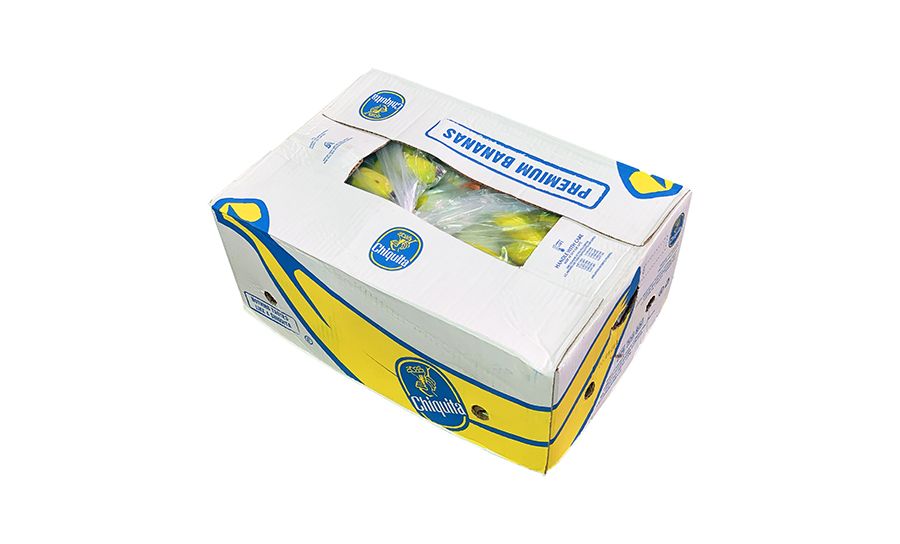
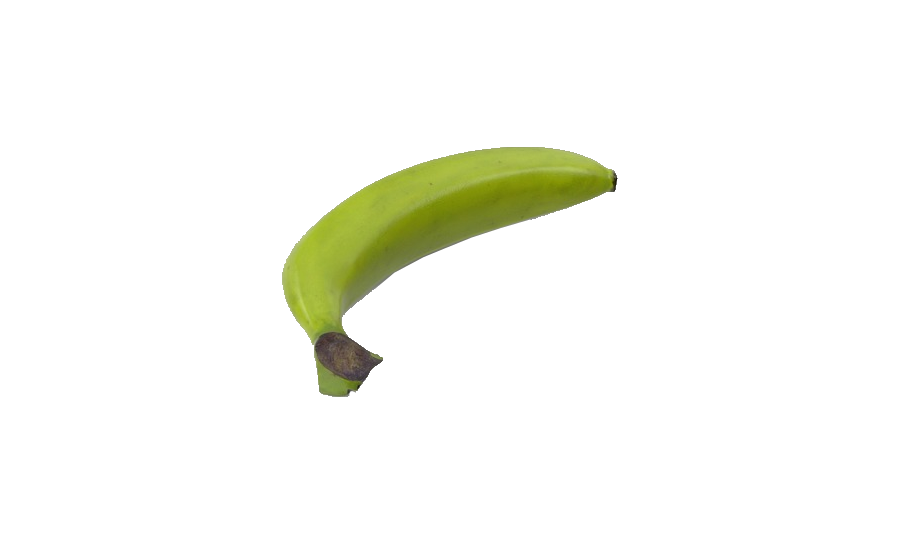

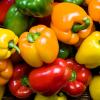
















Comments
nice